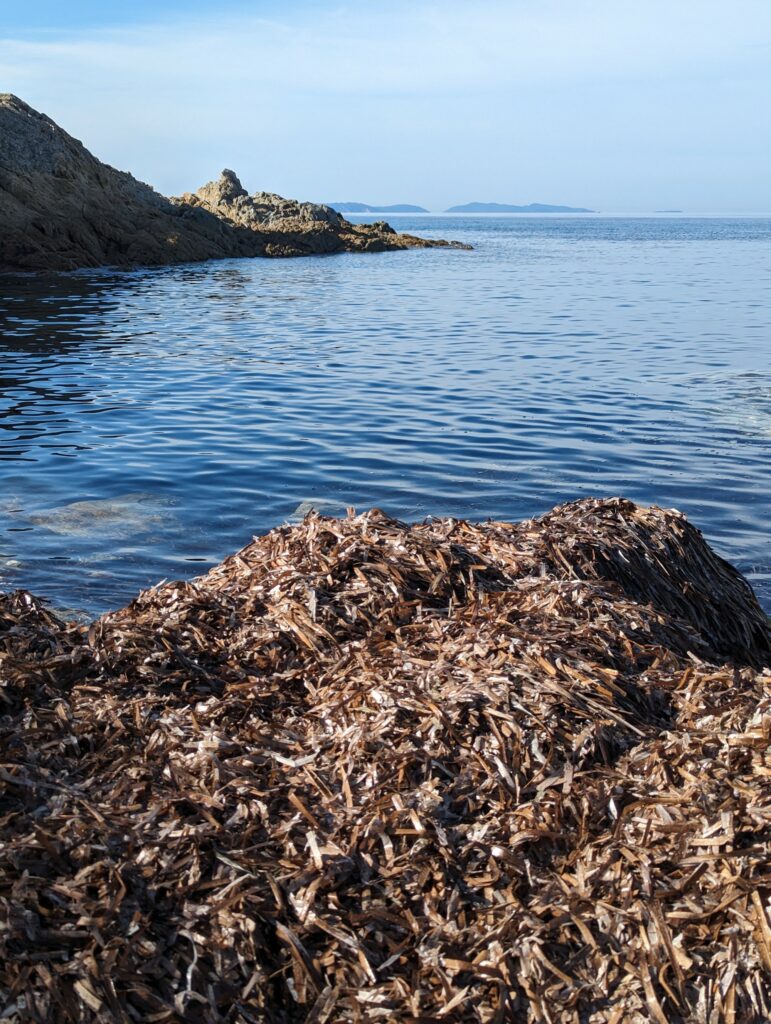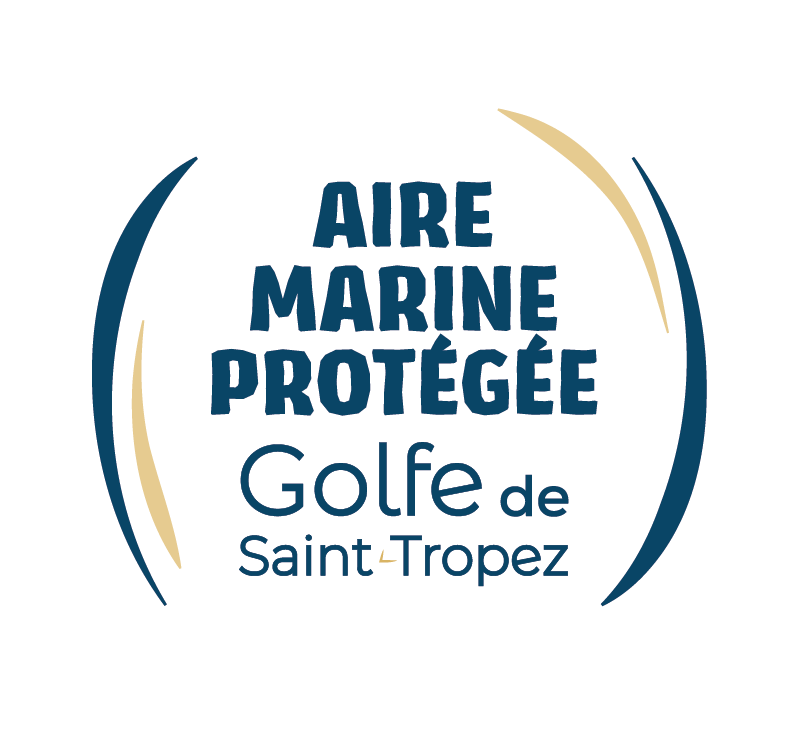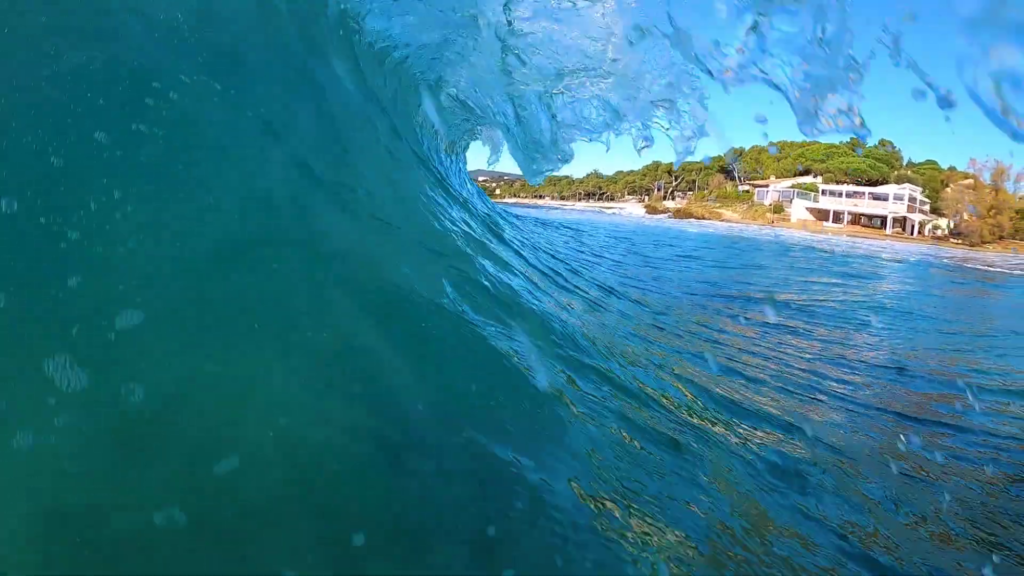Posidonia Oceanica
The posidonia is an extremely valuable plant. You’ll often find it washed up on the beach, and if you go underwater with your snorkelling mask, you’ll be able to admire the vast sea beds it forms. The species is protected by law for the many benefits it provides to marine ecosystems and also to us humans.
Indeed, seagrass beds are first and foremost a habitat providing shelter and food for the many species of fish, crustaceans, echinoderms and many other forms of life that inhabit the area. Posidonia’s photosynthetic ability allows it to absorb carbon dioxide dissolved in the water and for it to be stored in the leaves and the roots. Thus preventing an increase in carbon dioxide as part of the global warming process. In addition, this allows oxygen to be released into the sea that sustains marine life. As the old leaves die and detach from the roots, they often end up on beaches, where they can form huge banks and become part of coastal ecosystems, sheltering a host of small invertebrates.
These banks and collections of posidonia often act as a natural barrier against the impact of the waves on the beach, helping to limit coastal erosion. Posidonia’s photosynthetic ability allows it to absorb carbon dioxide dissolved in the water and for it to be stored in the leaves and the roots. Thus preventing an increase in carbon dioxide as part of the global warming process. In addition, this allows oxygen to be released into the sea that sustains marine life. As the old leaves die and detach from the roots, they often end up on beaches, where they can form huge banks and become part of coastal ecosystems, sheltering a host of small invertebrates.
These banks and collections of posidonia often act as a natural barrier against the impact of the waves on the beach, helping to limit coastal erosion.
You may not find it to your liking on the beach. Yet it’s a natural feature of the Mediterranean, in contrast to the “fine” sandy beaches to which people have become used to.
Be aware that this plant and its habitat are fragile.
Please respect the seagrass beds and Posidonia.
Pierre Lacosse, agent du Parc national de Port-Cros



Marine protected area
Our village has a magnificent biodiversity and is an integral part of the Aire Marine Protégée du Golfe de Saint-Tropez (Gulf of Saint-Tropez). Paradisiac coves, sandy beaches and magnificent coastal cliffs await you during your stay with us.
The greatest treasures, however, are not to be found on land for all to see, but underwater : posidonia sea grass beds are home to numerous fish, multicolored coral or even marine mammals if you take a little trip out to sea.
La Croix Valmer is committed to protecting its flora and fauna, and has been classified as a Natura 2000 site. Thanks to this status, the village maintains the delicate balance between preserving biodiversity and developing economic and tourist activities.
The “communauté de communes du Golfe de Saint-Tropez”, which manages this area, has set up a number of actions: patrols, underwater developments, buoy marking, anchoring and cleaning of the seabed.

